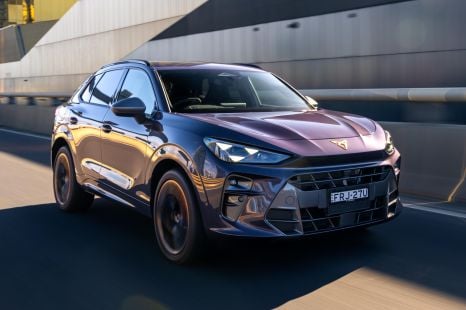

James Wong
2025 Cupra Terramar VZ review
4 Days Ago
From hot hatches to luxury limos, here's a list of cars that were discontinued in Australia and/or exited production during 2024.

News Editor
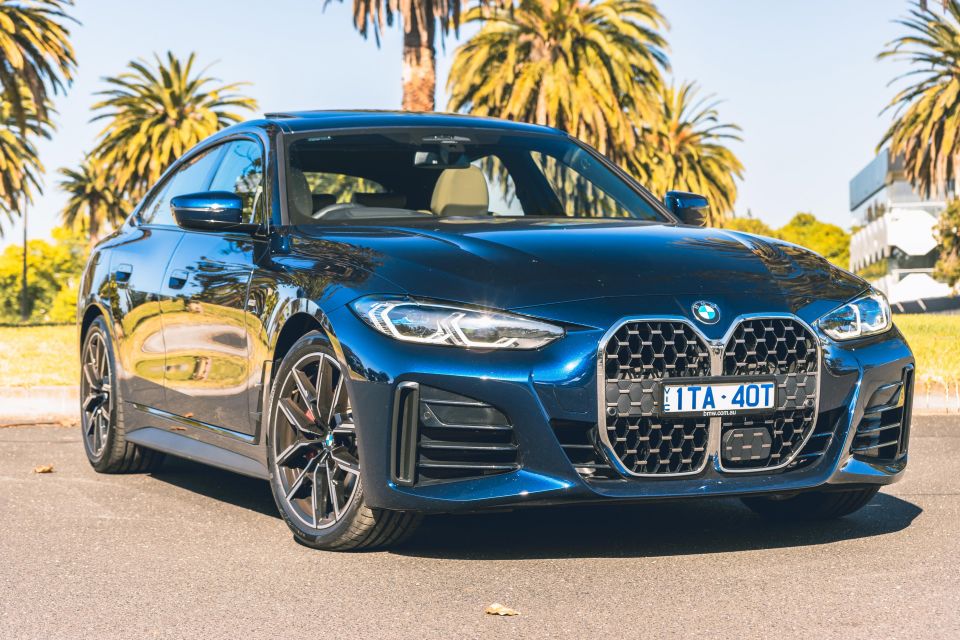

News Editor
2024 was a major year for new vehicle launches, with new generations of key models like the Toyota LandCruiser Prado, plus the first of a new wave of Chinese auto brands entering the market.
But many models also departed the Australian market, headlined by the departure of what had been the longest-running auto brand in Australia: Citroen.
In fact, there were so many discontinuations that we split all the SUVs axed in Australia into a separate article.
Scroll below for all the passenger cars axed this year, or click on one of the links below to take you directly to a vehicle.
If you love the look of the BMW 4 Series Gran Coupe, rest assured you’ll still be able to buy a car that looks like this – it’ll just have electric power.
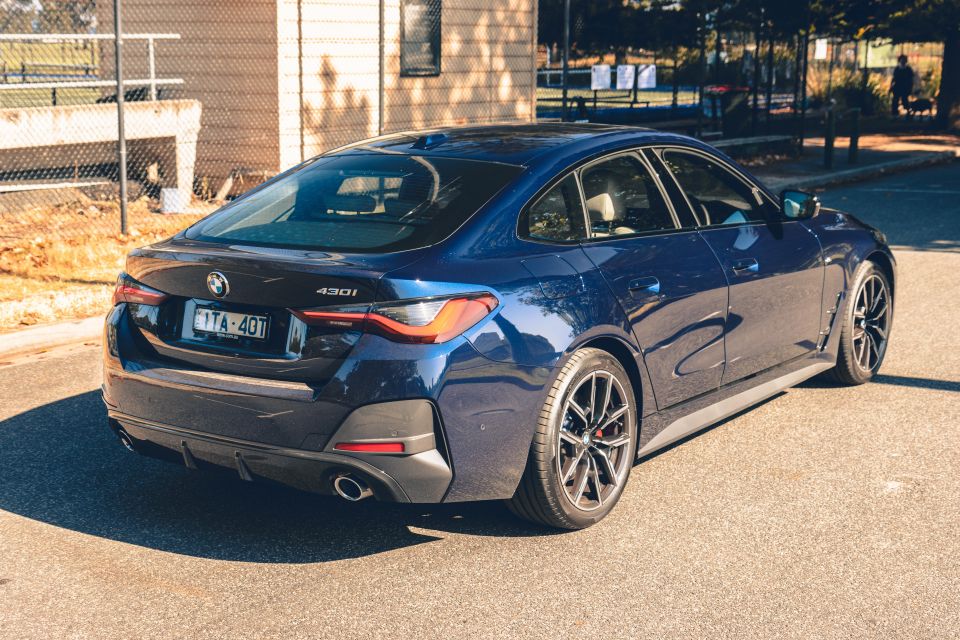
BMW revealed updated versions of the 4 Series Gran Coupe and its electric i4 sibling back in April, but never confirmed timing for the combustion-powered model.
Somewhat unusually, the electric version sold in considerably greater numbers than the petrol model. To the end of November, BMW sold 1866 i4s in Australia this year, against just 243 examples of the 4 Series Gran Coupe.
That led to BMW pulling the plug on the petrol-powered range.
“The high volume of new BMW models introduced to the local market prompts us to constantly assess our product portfolio in line with customer demand and our commitment to offering products that suit individual needs,” a BMW Australia spokesperson told CarExpert in a statement.
“This has led us to restructure the BMW 4 Series Gran Coupe lineup.”
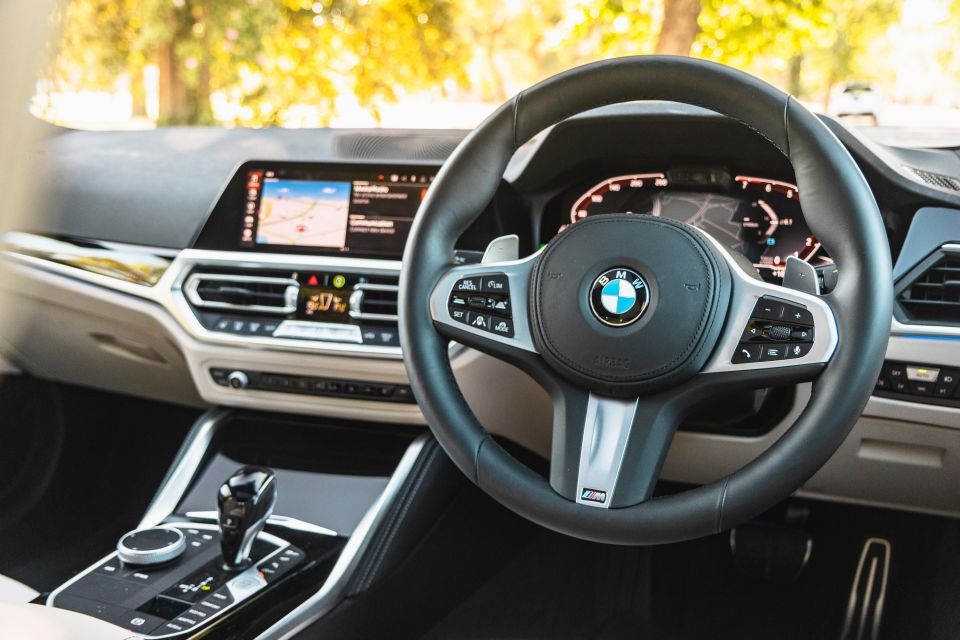
The 4 Series Gran Coupe was the second BMW to bear the Gran Coupe nameplate, which has been applied to a five-door liftback (the 4 Series Gran Coupe), a four-door sedan (the 2 Series), and what you could arguably call four-door coupes (the 6 Series and 8 Series).
This nomenclature was born in a period where BMW was busily chasing niches, including coupe SUVs like the X4 and X6 and the unusual Gran Turismo models which were more upright five-door hatchbacks.
The second-generation 4 Series Gran Coupe was revealed in June 2021 and arrived here later that year, sharing the same plunging double-kidney grille as coupe and convertible 4 Series models.
While it later gained an electric version, the i4, it never received a full-fat M version like the other 4 Series body styles. There was no M4 version of the first-generation 4 Series Gran Coupe, either.
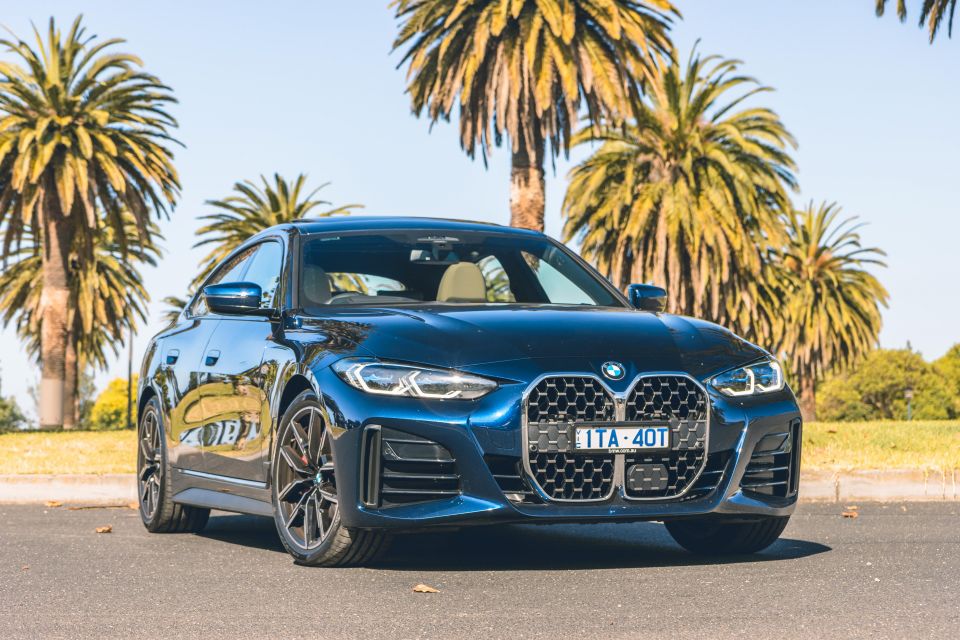
With the axing of the base 420i in 2023, just two variants remained: the turbocharged four-cylinder, rear-wheel drive 430i and the turbocharged six-cylinder, all-wheel drive M440i xDrive.
Though the Gran Coupe brought superior practicality over the 3 Series Sedan, if not the Touring wagon, it cost up to $14,100 more than its booted counterpart.
4 Series Gran Coupe sales had peaked in 2015 and 2022 with 858 sales in both years – incidentally, both of which were the first full years of their respective generations.
MORE: BMW 4 Series Gran Coupe axed in Australia, i4 EV to live on MORE: Everything BMW 4 Series
Citroen had been hanging on like grim death in Australia, even as its sales winnowed away each year.
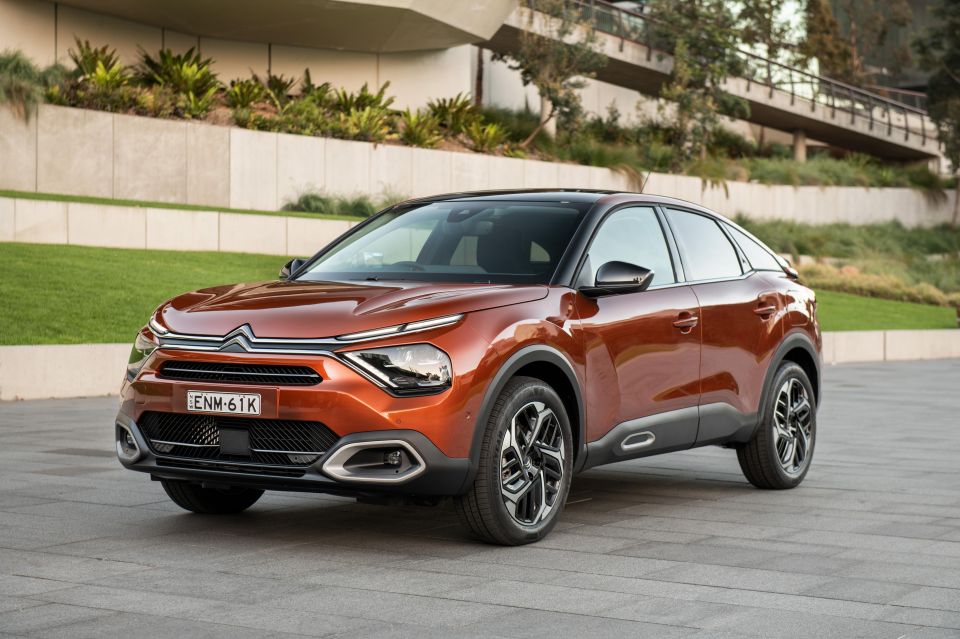
From a height of 3803 sales in 2007, Citroen fell below 1000 annual units in 2016 and continued sliding.
Its retail network continued to shrink, and Peugeot Citroen Australia’s decision to make Peugeot its exclusive commercial vehicle brand here killed one of its higher-volume models, the Berlingo.
Most embarrassingly for the brand, it was outsold by Ferrari in 2020 and 2021. But there were signs Peugeot Citroen Australia was taking the brand seriously here, introducing the C4 in 2021 and C5 X in 2022.
These replaced the old C4 and C5 that hadn’t been on sale here for several years, and came after several years of Citroen focusing on more traditionally SUV-shaped models.
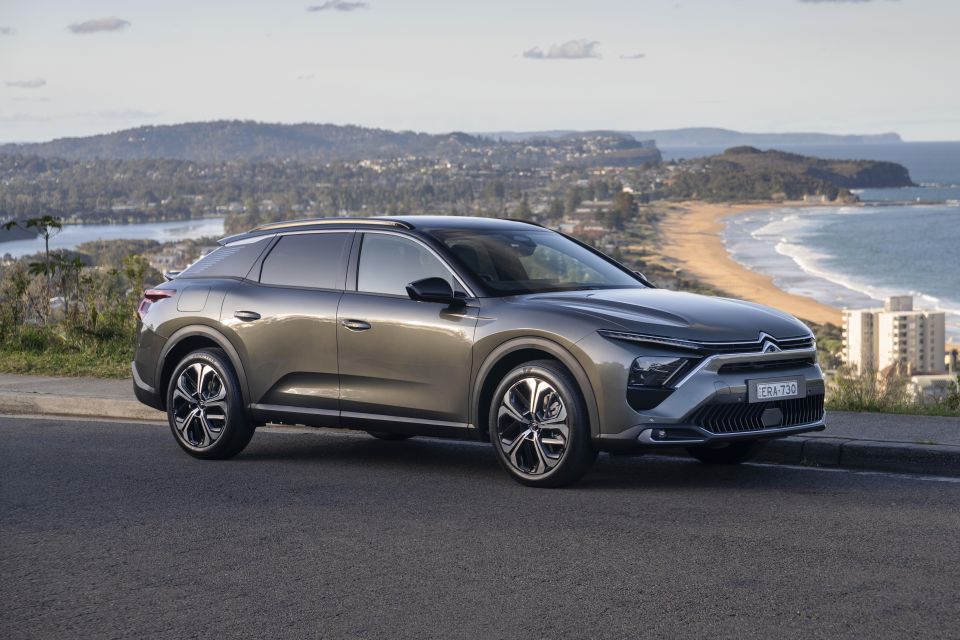
Not that the C4 and C5 X were conventional passenger cars themselves, with their higher-riding stances blurring the lines between cars and SUVs. Though it was the C5 X that wore the ‘X’ suffix commonly used for SUVs, it was the C4 that was classified as an SUV in VFACTS industry sales reports.
There was a C4 X, mind you, but this was a sedan version of the C4 that we never received. Confused? We were too. Disinterested? Well, it seems Australians were.
C4 sales peaked at 94 units in its first full year on sale, before falling; the same happened with the C5 X, with 68 sold in its first full year on sale.
From launch to the end of November 2024, Citroen sold just 200 C4s and 168 C5 Xs. The rarest of them all is the C5 X Plug-in Hybrid, for which orders opened in May… just three months before Citroen announced it was pulling up stumps here.

Being an order-only vehicle and priced just over $16,000 higher than the regular C5 X, itself not the most affordable vehicle of its size, it may be one of the rarest Citroens ever sold here.
The C4 and C5 X may have lacked the clever hydropneumatic suspension of older Citroens, but with their quirky styling and focus on comfort – in suspension tuning and even in the construction of their seats – these cars were distinctively Citroen.
Alas, it seems buyers just didn’t care.
MORE: Citroen leaving Australia after more than 100 years, importer focusing on Peugeot MORE: Everything Citroen C4 MORE: Everything Citroen C5 X
While we received new generations of Citroen’s small and medium/large cars, the latest C3 – revealed in electric guise in October 2023, and with petrol power in April this year – was kept from us.

That was perhaps an early warning that the brand wasn’t going to stick around here for long, and in August this year distributor Inchcape Australia announced it would close orders for all Citroen vehicles.
The third-generation C3 arrived here in 2017, with an extremely mild facelift coming in 2021. That means the C3 is much the same as when it arrived here around seven years ago, and sales figures have reflected that.
From a height of 122 sales in 2018, sales fell to double digits in 2019 and have subsequently remained relatively steady, if very, very low.
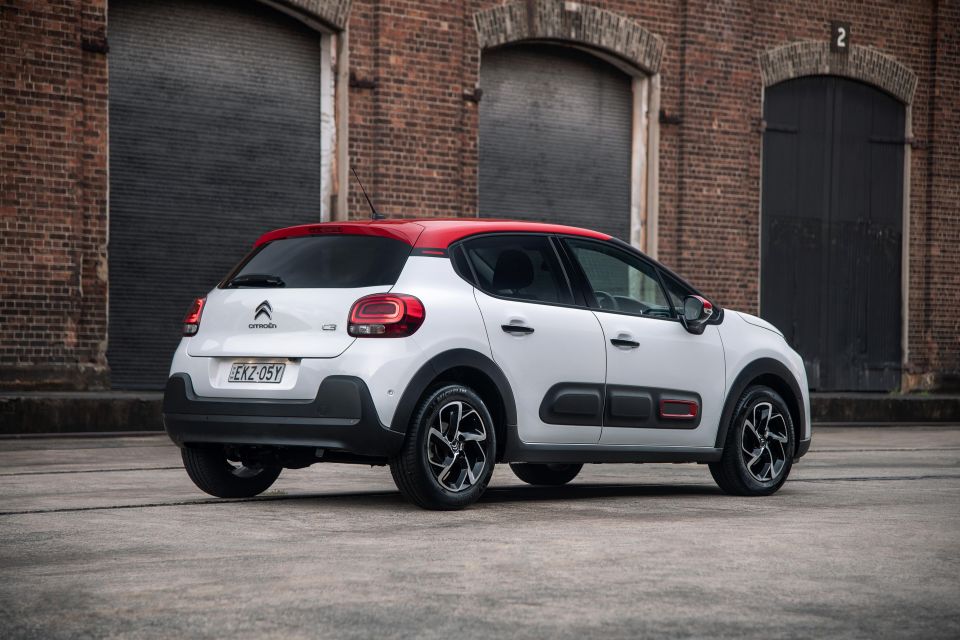
The price has climbed since launch and this year sat at $32,267 before on-road costs for the single Shine variant, putting it up against vehicles the segment above. But even comparing it with similarly sized vehicles with similarly premium pricing, the C3 comes up short.
From its 2017 launch to the end of November this year, Citroen has sold 544 C3s. In contrast, Audi sold 462 A1s and Skoda sold 433 Fabias in 2023 alone.
Showing just how far Citroen sales have dropped off over the years, as well as the decline in light car sales, the brand sold upwards of 908 examples of the first-generation C3 in 2003.
MORE: Everything Citroen C3
The Fiat 500 is cute as a bug, but its ability to survive year after year well after rivals were replaced made it seem like more of a cockroach.
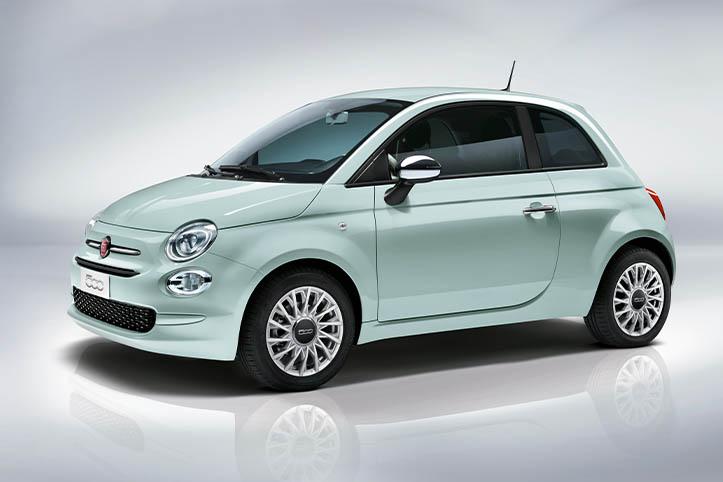
It’s still being manufactured, but Fiat announced it was axing the petrol-powered 500 in Australia in August. As of December, however, it still has stock at its dealers.
The 500 and its hotter Abarth 595 sibling are sold alongside the new-generation Fiat 500e and Abarth 500e, electric-only micro cars with similar styling but much more modern underpinnings and technology.
With the Fiat 500e set to be joined by a mild-hybrid petrol-powered variant in 2026, this should finally spell the end of the old 500, which has been in production since 2007 and which launched here in 2008.
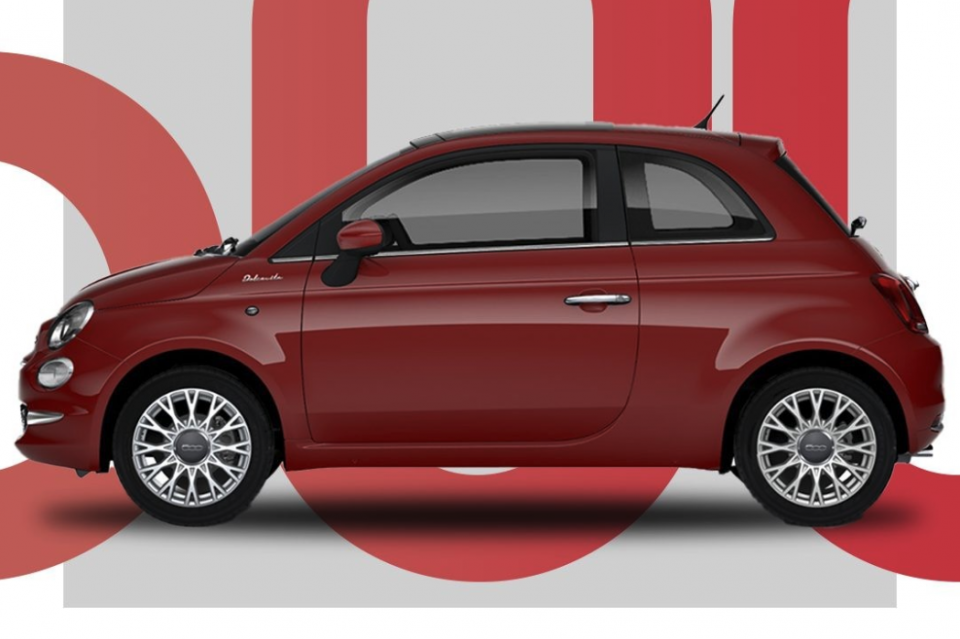
In that time, Fiats from the little Panda to the Dodge Journey-based Freemont have come and gone from the Australian market, but the little 500 has kept on ticking with the occasional minor refresh.
Though it no longer sells in quite the same volumes as it did in the early/mid 2010s – where it sold between 2000 and 3000 units annually – it still sells in consistent volumes in a segment that consists solely of it and the Kia Picanto.
Last year, Fiat sold 581 examples of the 500 and its Abarth sibling in Australia, an increase on the year before despite the axing of their cabriolet models.
MORE: Fiat culls petrol 500 in favour of $50k EV hatch in Australia MORE: Everything Fiat 500
When the E-Type ended production in 1974, it left a hole in Jaguar’s lineup. The XJ-S that succeeded it was more of a grand tourer, a tradition which its XK replacement followed in.
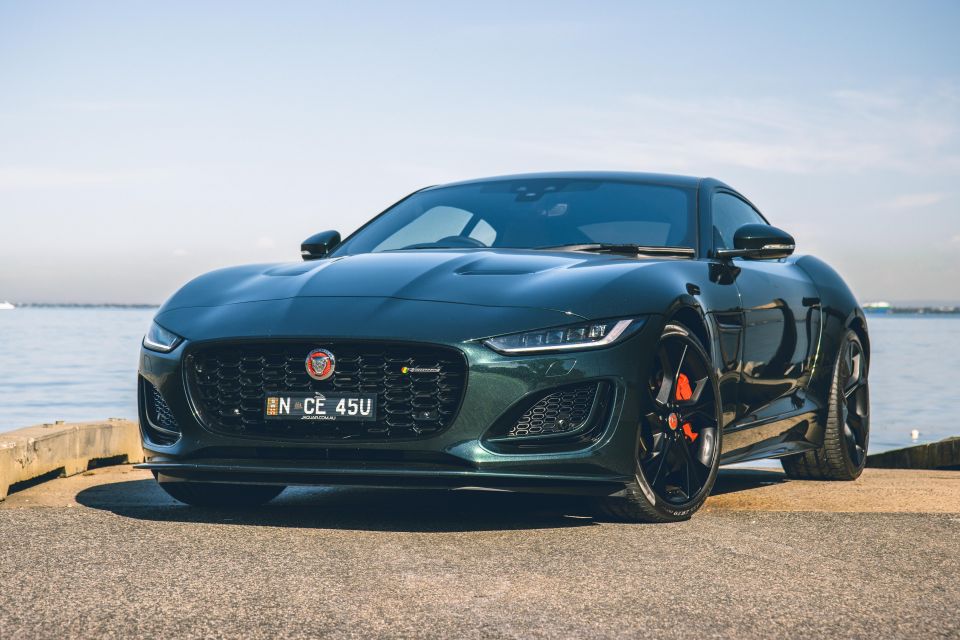
It wasn’t until the F-Type, which entered production in 2013, that Jaguar had a genuine spiritual successor to the E-Type.
An E-Type successor had existed in development hell during the 1980s and 1990s, before Jaguar revealed the F-Type concept in 2000… only for a planned production version to be scrapped before it could see the light of day.
Fast-forward to the 2011 Frankfurt motor show and the F-Type as we came to know it was previewed in concept form, albeit featuring a supercharged V6 hybrid powertrain that never reached production.
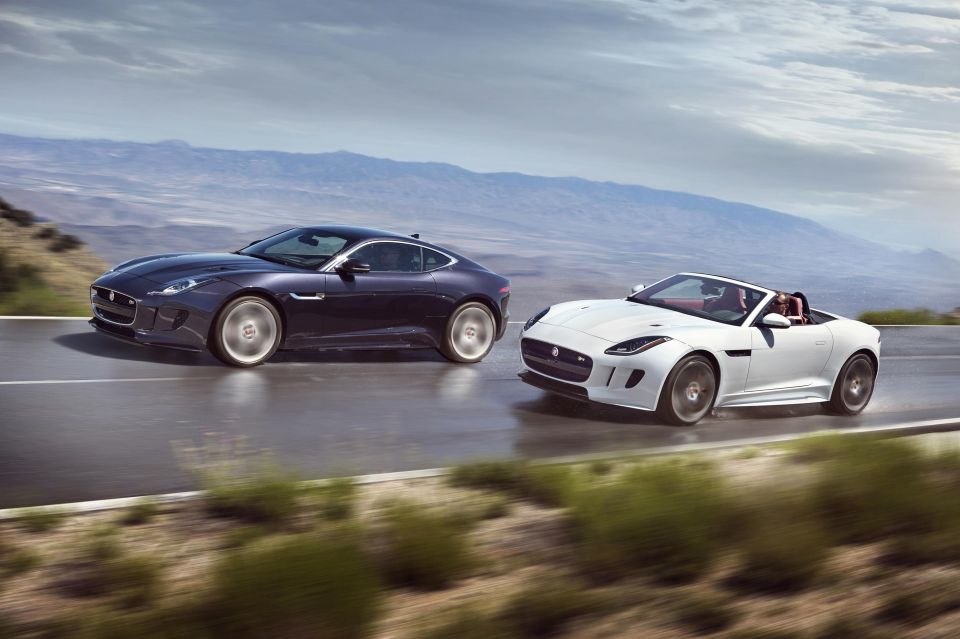
Instead, the production coupe – which looked essentially identical to the concept – was launched with a choice of supercharged V6 or V8 powertrains. Like the E-Type, there was also a convertible; unlike the iconic Jag, there was an all-wheel drive option.
Also in a departure from past Jaguar two-doors, a turbocharged four-cylinder engine joined the range.
Designed under Ian Callum, the F-Type was widely regarded as gorgeous. Somehow a facelift, revealed in 2019, arguably improved the styling with a more aggressive look up front.

The F-Type featured all-aluminium construction, and Jaguar touted the coupe as the most torsionally rigid production car it had ever built.
While the four- and six-cylinder powertrains weren’t shrinking violets, the supercharged V8 was the star. For 2022, Jaguar Australia dropped the four- and six-cylinder engines entirely, leaving the blown 5.0-litre in 331kW/580Nm P450 and 423kW/700Nm R tunes.
In June 2024, Jaguar revealed the final F-Type and what it says will be its final combustion-powered sports car: a supercharged 5.0-litre V8-powered convertible in classic green-over-tan.
A total of 87,731 F-Types were produced between 2013 and 2024.
MORE: Jaguar reveals its last-ever petrol-powered sports car, bound for a museum MORE: Jaguar’s last ever petrol-powered sports car is coming to Australia MORE: Everything Jaguar F-Type
When Jaguar used the Ford Mondeo platform to create its first BMW 3 Series rival, many scoffed.
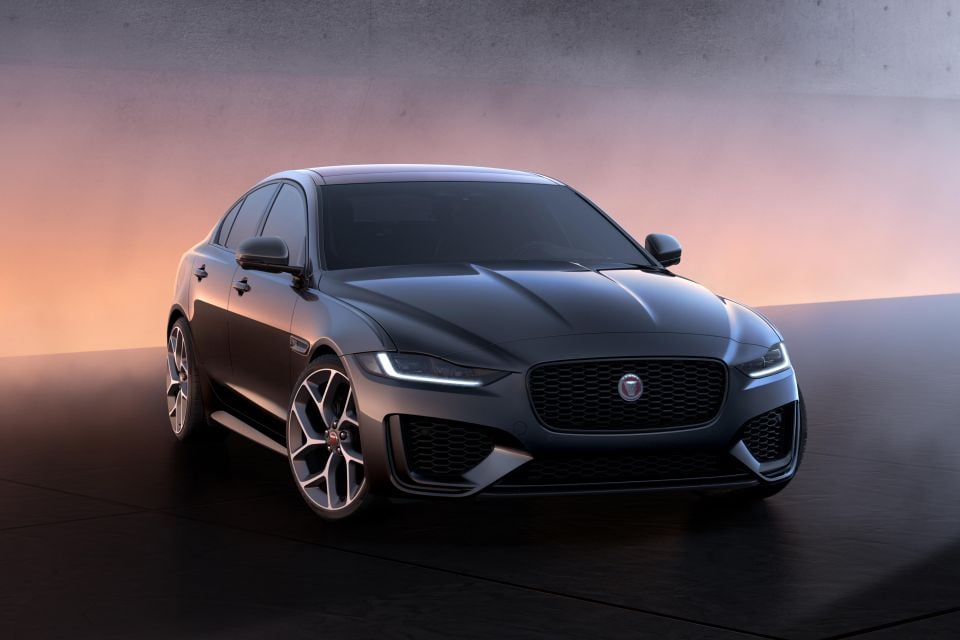
To Jaguar’s credit, it went back to the drawing board and developed a rear/all-wheel drive sports sedan with tasteful, modern styling and poised dynamics. Look out, BMW!
Except the XE is now being axed almost a decade after it entered production in 2015, as part of Jaguar’s pivot to being a more exclusive, electric-only brand.
Jaguar is done trying to take on BMW and is aiming higher, with JLR design boss Gerry McGovern saying in 2023: “What we won’t worry about is being loved by everybody, because that’s the kiss of death.”
“That’s what’s put Jaguar where it is today, which is with no equity whatsoever,” he said.
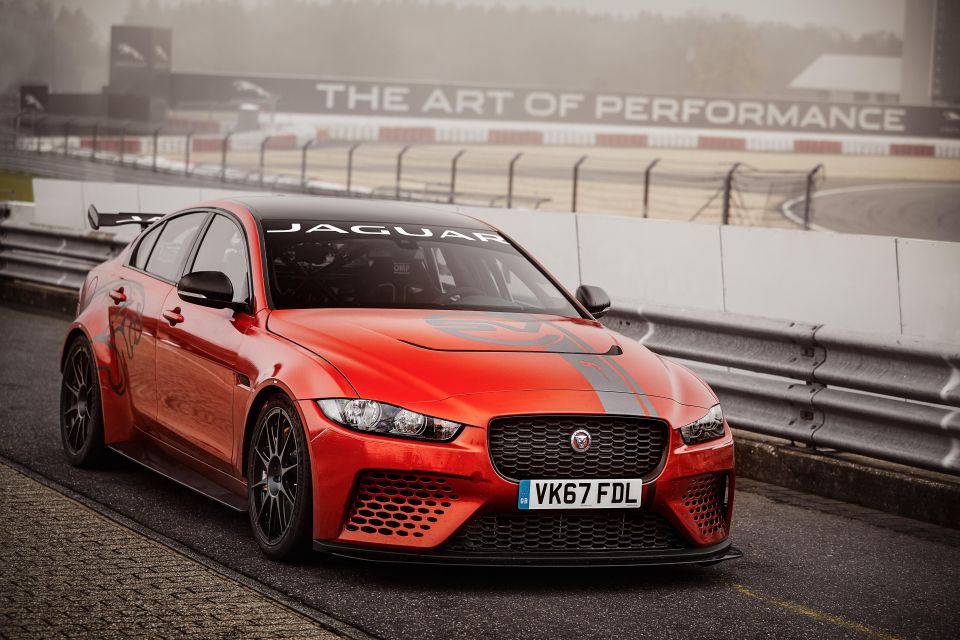
The XE never could match its German rivals in the sales race, and JLR confirmed the sedan wasn’t profitable – something likely not helped by its use of aluminium suspension componentry and a bonded and riveted aluminium unitary structure, unusual for this segment.
The 3 Series rival was offered with a range of powertrains, including turbo-petrol and turbo-diesel four-cylinder engines plus a supercharged V6.
Jaguar even developed the limited-run SV Project 8, which featured a supercharged V8 engine.
Sadly, the SV Project 8 never came here, nor did it presage a more widely available BMW M3 rival. The six-cylinder and diesel engines were also eventually phased out in Australia.
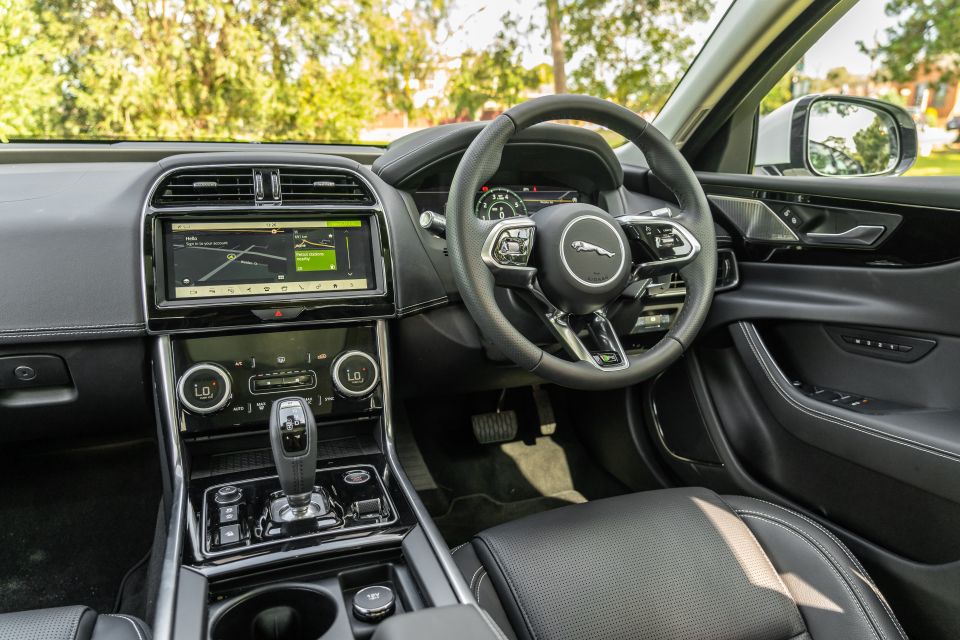
Disappointing sales and the resultant lack of profitability doomed the XE, which was axed in the US in 2020 but grimly held on for a few more years in markets such as ours.
Unusually, Jaguar Australia switched the XE from rear-wheel drive to all-wheel drive for 2021 for reasons unclear. For 2023, the XE range was whittled down to a single model and, though it still appears on Jaguar’s local website, production ended this year.
In its best year, 2016, global sales for the XE reached 44,095 units. The same year, BMW produced over 400,000 3 Series models globally.
In Australia, the XE’s best year was also 2016 with 1524 sold, beating the Infiniti Q50 and Volvo S60 and falling just short of the Lexus IS. But sales fell each year, plunging to double-digits in 2022.
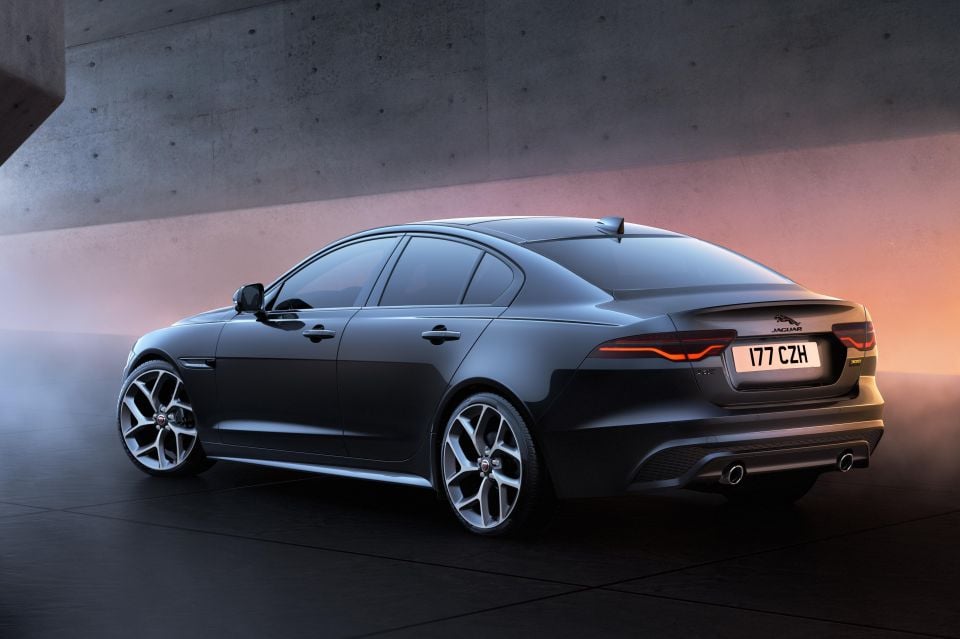
Last year, the XE was outsold by every single one of its rivals, with its 58 sales bested by the Genesis G70 (81 sales) and Volvo S60 (152).
From launch to the end of November 2024, Jaguar sold 4332 XEs in Australia.
While rivals received significant facelifts or new generations, the XE was left to soldier on as its lineup shrunk. It’s a sad end for what was an extremely promising BMW 3 Series rival.
MORE: Everything Jaguar XE
If any car could make Jaguar’s XE look like a sales success, it’s the second generation of the brand’s BMW 5 Series rival.
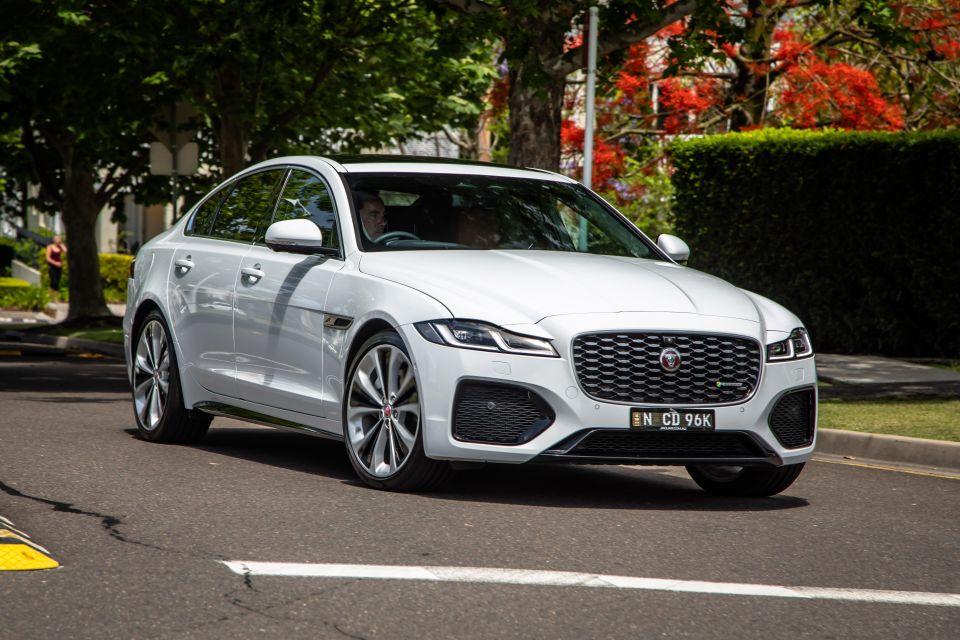
The first-generation XF was a breath of fresh air when it was revealed in 2007, with the Ian Callum-penned sedan casting aside the shackles of Jaguar’s retro design language in favour of a more modern yet still elegant look inside and out.
The second generation wasn’t as impactful. Also attributed to Mr. Callum, the design was conservative, looking more like a stretched version of the XE with which it shared its new platform.
Unlike the XE, however, there was a wagon version; this made the trip to Australia, even though the first-generation model was offered here only in sedan guise.
Globally, the XF was offered with a choice of turbo-petrol and turbo-diesel four-cylinder engines, plus a turbo-diesel V6 and a supercharged petrol V6. Sadly, there was no supercharged V8 XFR as there had been with the first generation.
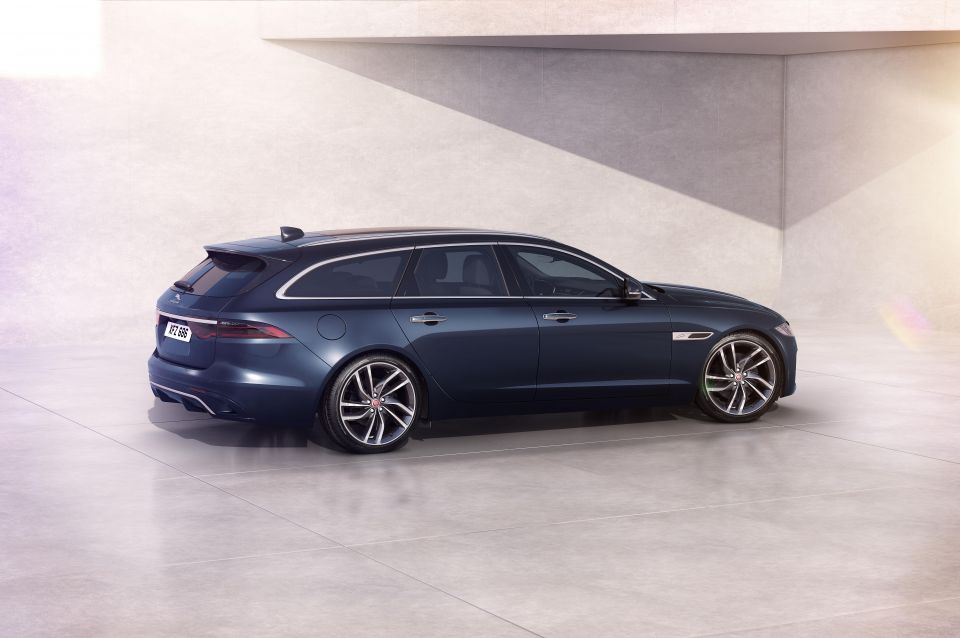
To Jaguar Australia’s credit, it offered almost every available powertrain, and even brought the niche wagon here.
But the British 5 Series rival was met with buyer apathy: sales shrunk compared to the outgoing model, with just 433 sold in 2016. That was down from the over 800 units Jaguar shifted in 2013 and 2014.
Sales fell below three digits in 2019 with 50 units, and below two digits in 2023 with just 6 sold. By this point the XF range had been shrunk to a single variant, as for model year 2021 Jaguar axed all rear-wheel drive, diesel, six-cylinder and wagon variants in favour of a lone all-wheel drive turbo-petrol four-cylinder.
MORE: Everything Jaguar XF
Technically, Maserati didn’t sell any Quattroportes in Australia in 2024, with global production wrapping late last year.

No further examples were delivered this year but as it appeared on Maserati’s local website during 2024, we’ve included it in this article.
The Quattroporte nameplate is taking a leave of absence, with a replacement – featuring electric power – delayed until 2028.
It’s not the first time the Quattroporte nameplate has taken a lengthy leave of absence, with gaps of several years between the first and second and the third and fourth generations.
The Quattroporte competed in an extremely low-volume segment in Australia, battling the likes of the BMW 7 Series and Mercedes-Benz S-Class.
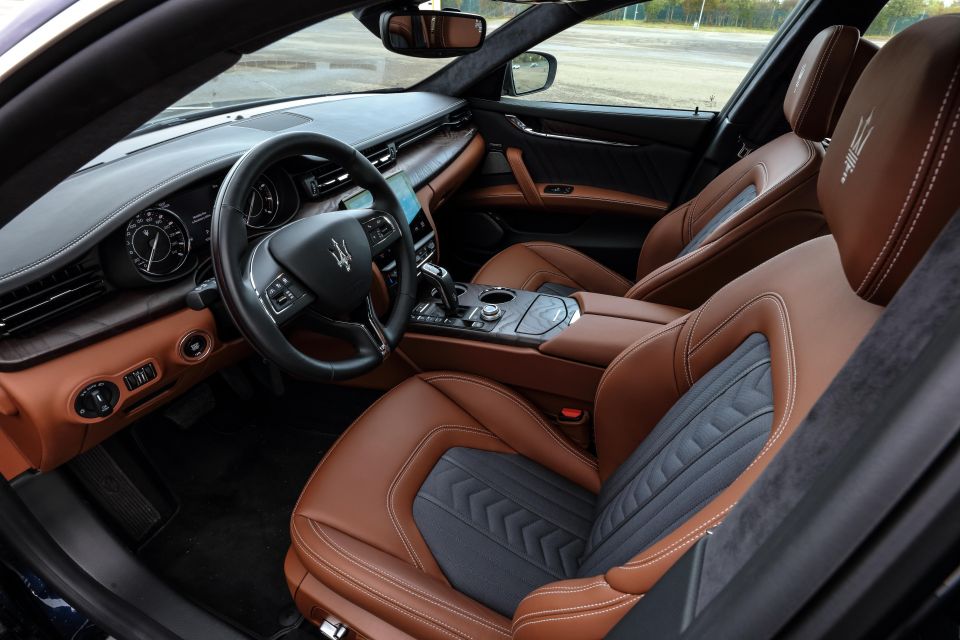
Maserati executives would therefore clearly bristle at the mention of the Quattroporte sharing a platform with Chrysler and Dodge.
“From the Chrysler 300 we carried over the electrical system, a portion on the platform where seats are hinged and some elements of the air conditioning, that is all,” then-Maserati global CEO Harald Wester told Automotive News Europe back in 2013.
The current, sixth-generation Quattroporte entered production that year, underpinned by what Maserati called its M156 platform which was also used by the Ghibli and Levante.

The gorgeous, lithe Pininfarina styling of its predecessor made way for an in-house design that was more fuller-figured and conservative, with a clear kinship with the cheaper Ghibli. If it looked bigger than the previous Quattroporte, that’s because it was – in length alone, the Quattroporte VI grew by over 200mm.
A Ferrari-developed twin-turbo V8 remained available, along with a twin-turbo V6 developed with the Prancing Horse brand. This was also the first Quattroporte to offer a diesel engine, a turbocharged V6 mill sold here from 2014 to 2019.
While the Quattroporte had a decade-long production run, there were updates made during this time.
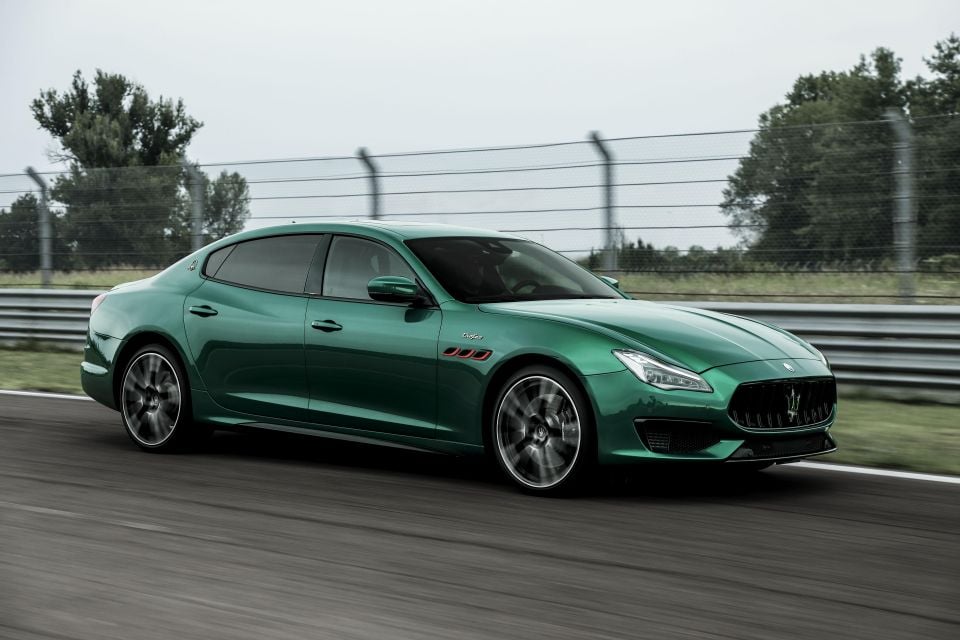
In 2016, the Quattroporte received a new infotainment system and more standard equipment including a suite of active safety features. This suite was expanded in a subsequent update in 2018.
In 2020, Maserati revealed a hot Trofeo version of its luxury limo, featuring a 433kW/730Nm tune of the twin-turbo 3.8-litre V8 – up 43kW and 80Nm on the GTS.
This coincided with another minor facelift for the Quattroporte line that saw the old Chrysler-derived infotainment system swapped for one running on Android Automotive.
The Quattroporte consistently sold in the double digits each year in Australia, before slumping to just three units in 2023. Even in a low-volume segment, that was very low.
MORE: Everything Maserati Quattroporte
The Ghibli was first a stunning coupe and convertible in the 1960s, then a rather brutalist two-door in the 1990s, before being revived as a BMW 5 Series sedan rival that was revealed at the 2013 Shanghai motor show.

It represented a return to a segment which Maserati last occupied in 1995 with the 430, a descendant of the Biturbo.
With the introduction of the Ghibli and Levante, which entered production in 2013 and 2016 respectively, Maserati was chasing broader market appeal and therefore greater sales volumes.
By the 2000s, after the end of the Biturbo era, its lineup had receded to a small, more exclusive one. In 2013, it announced plans to sell 50,000 vehicles each year around the world in 2015, more than eight times as many as it sold in 2011.
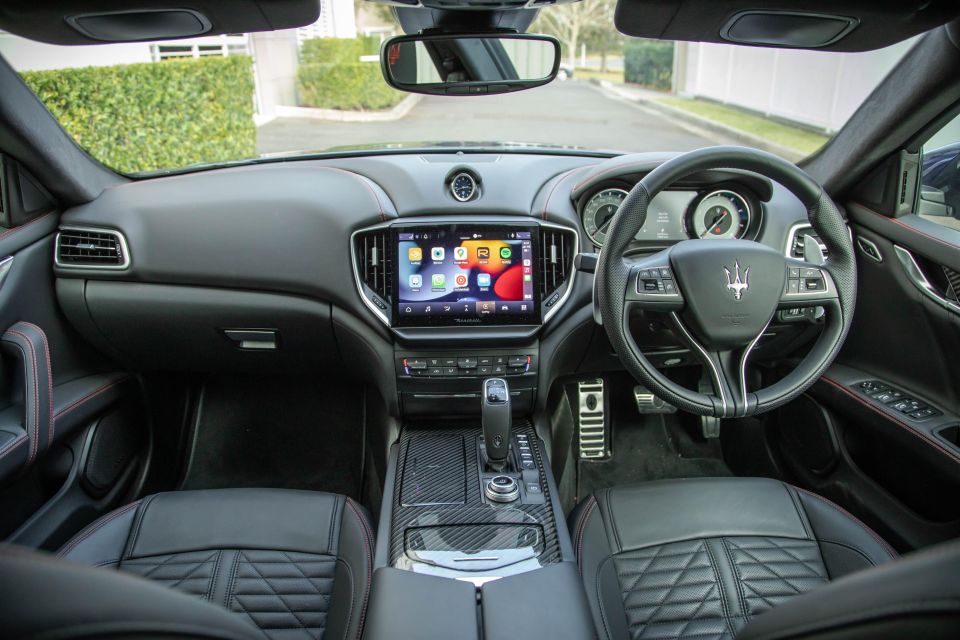
The Ghibli used the M158 platform of the new sixth-generation Quattroporte, and shared its twin-turbocharged V6 petrol and turbocharged V6 diesel engines. There was a choice of rear- or all-wheel drive, while an eight-speed automatic transmission was standard across the range.
The Quattroporte’s twin-turbo V8 wasn’t added until 2020, while at the other end of the spectrum the Ghibli gained a turbocharged four-cylinder mild-hybrid powertrain.
Other changes to the Ghibli during its lengthy run mirrored those of the Quattroporte: new infotainment and a suite of active safety tech for 2017, and an expanded suite in 2018 enabled by the switch to an electric-assisted power steering setup.
The Ghibli helped Maserati reach its 50,000-unit target, albeit a couple of years late. Alas, the brand’s sales dropped from then.
In 2022, Maserati announced its plans to transition to an EV-only lineup by 2028, but conspicuous by its absence from these plans was the Ghibli nameplate.

Instead, both it and the Quattroporte are set to be replaced by a single sedan model bearing the latter’s nameplate, though this has subsequently been delayed to 2028.
In Australia, from a height of 345 sales in 2015, the Ghibli gradually declined before an uptick in 2021 to 152 sales. They then slumped to double digits, and just 17 Ghiblis found homes in Australia this year to the end of November.
From its debut year, the Levante took over as Maserati’s best-selling vehicle locally, a title it maintained until the launch of the smaller Grecale SUV in 2023.
The Ghibli remains on Maserati’s local website, but with production having ended it’s only a matter of time before the nameplate is retired for a third time.
MORE: Everything Maserati Ghibli
Even as it rolls out new electric vehicles (EVs) like the Aceman, Mini has updated its long-running three- and five-door hatchbacks and convertible and given them a slightly fresher look.
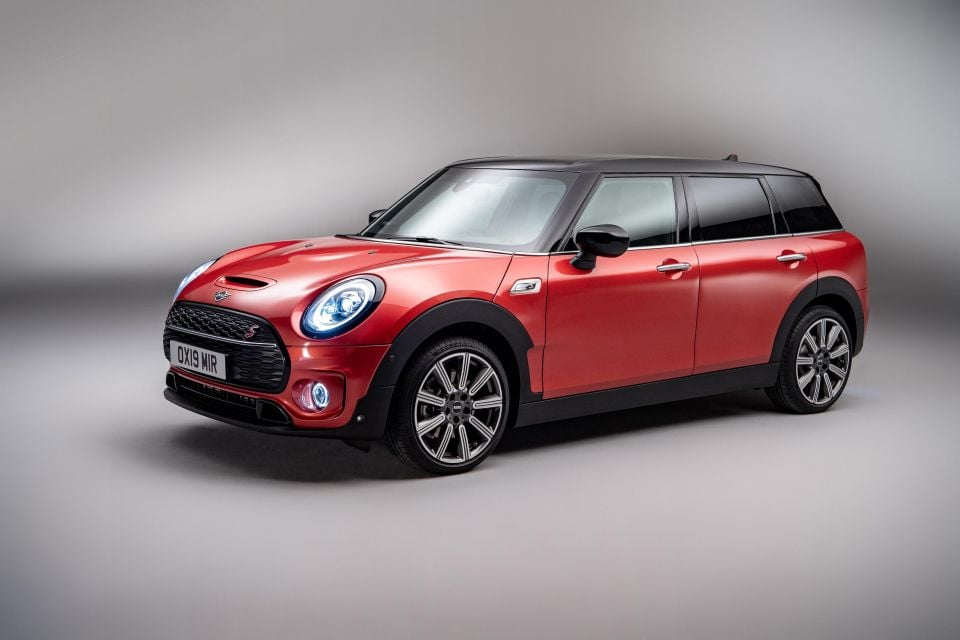
The same treatment hasn’t been extended to the long-running Clubman, which Mini ended production of in February after two generations.
It’s probably best to blame the Countryman as, in many markets including ours, given the choice of a wagon or an SUV most buyers will opt for the latter.
BMW launched Mini as a standalone brand in 2000, and for the first several years of its life it only sold a hatchback. A convertible followed, before the Clubman was launched as Mini’s third body style.
It came during a period where Mini was rapidly and creatively expanding its lineup or, to put it less charitably, throwing things at a wall and seeing what stuck.
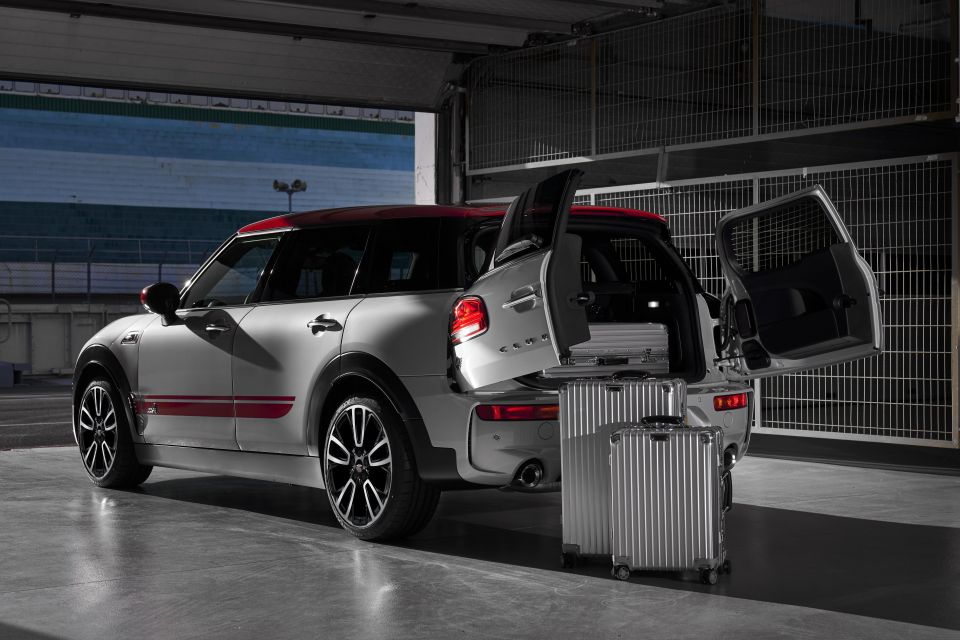
If debuted in 2007, and was followed in 2010 by the Countryman SUV (which did stick) and the Roadster, Coupe and Paceman (which didn’t).
Mini wisely added a pair of conventional rear passenger doors with the second-generation Clubman, which launched in Australia in 2015, replacing the suicide door setup of its predecessor.
A more practical alternative to the hatchback it was based on, the second-generation Clubman stuck with the rear barn doors of its predecessor – highly unusual for a wagon in 2024.
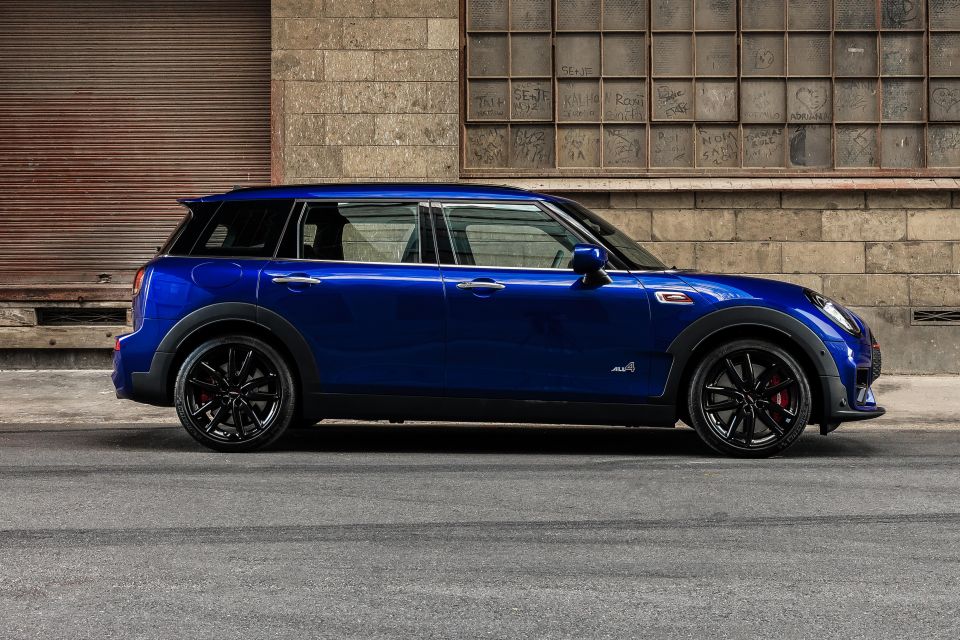
The second-generation Clubman moved to the UKL2 platform underpinning vehicles like the BMW 1 Series. While this platform was used for a raft of vehicles including BMW and Mini-branded hatchbacks, sedans and even a people mover, the quirky Clubman was the only wagon.
While it offered a choice of petrol powertrains (though as with its predecessor, no diesel in Australia), including a hot John Cooper Works model with a turbocharged four-cylinder engine and all-wheel drive.
Between the launch of the second-gen model and the end of November 2024, Mini Australia sold 3143 Clubmans. It was a steady if unexceptional seller, but over the same period Mini sold around twice as many Countryman SUVs.
MORE: Everything Mini Clubman
The 508 may have been the prettiest mid-sized Peugeot since the 406 Coupe of the 1990s, but that wasn’t enough to save it.
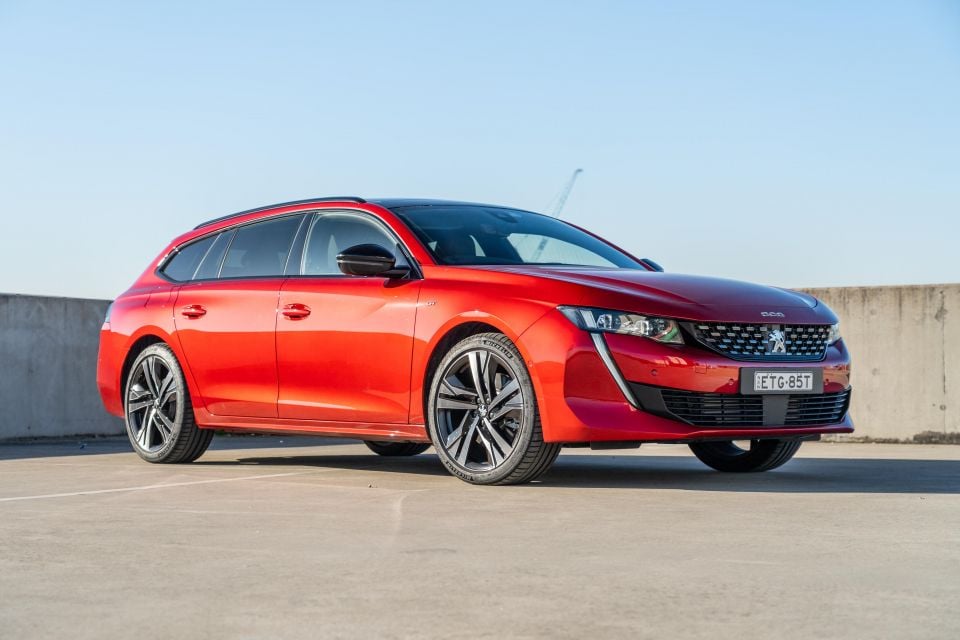
While it lives on in Europe, in September Peugeot Australia pulled the plug on the liftback and wagon “in response to changing consumer preferences in the segment”.
It arguably wasn’t a surprise, given Ford, Kia and Volkswagen, among other brands, had already exited the mid-sized segment. Peugeot sales have also been broadly on a downward trajectory over the past decade.
Peugeot Australia added a plug-in hybrid version of the 508 Fastback in 2022, with a Sportwagon PHEV following in 2023.
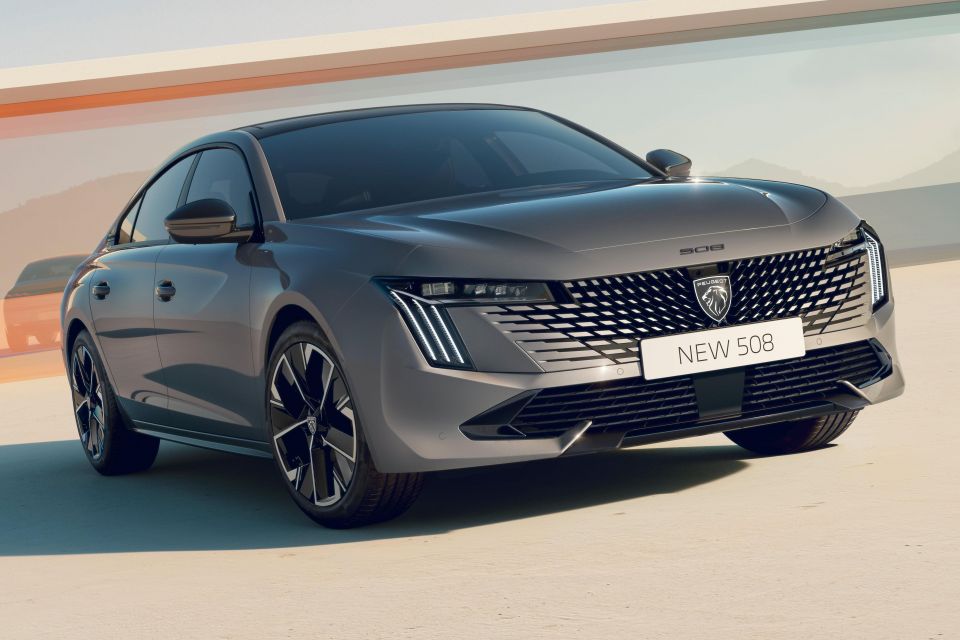
But with one hand Peugeot Australia giveth, and with one another it taketh away. Later in 2023, Peugeot axed the petrol-powered 508s, leaving only the pricier PHEVs.
Unusually, the Sportwagon PHEV was introduced after Peugeot revealed a facelifted version of the 508 in Europe, for which it conspicuously didn’t announce specific local launch timing.
The facelifted model never came, and when Peugeot UK announced earlier this year it was axing the 508, its local demise appeared inevitable.
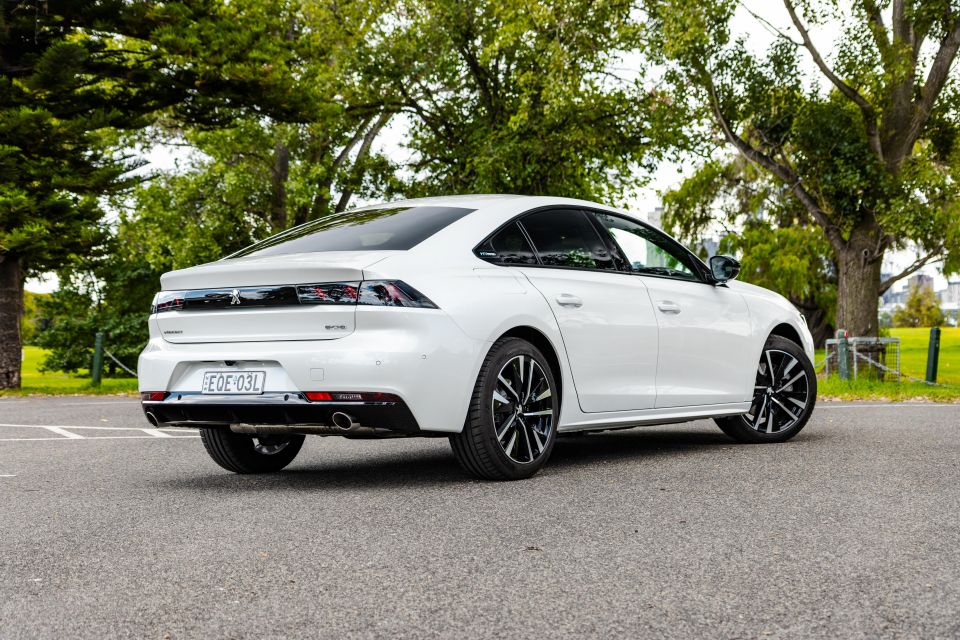
The second-generation 508’s best year in Australia was 2021, with 240 sold. That was a far cry from the first-generation model which in 2012, its first full year on the market, recorded 1085 sales.
In fairness to the 508, mid-sized passenger car sales have fallen over the past decade or so. But in 2023, the 508’s 156 sales saw it outsold by the Volkswagen Passat and Arteon, and even more niche models like the Volvo V60 Cross Country.
MORE: Another mid-sized car gets the axe in Australia MORE: Everything Peugeot 508
You can still buy a Renault Megane in Australia, but it’s quite a different creature.
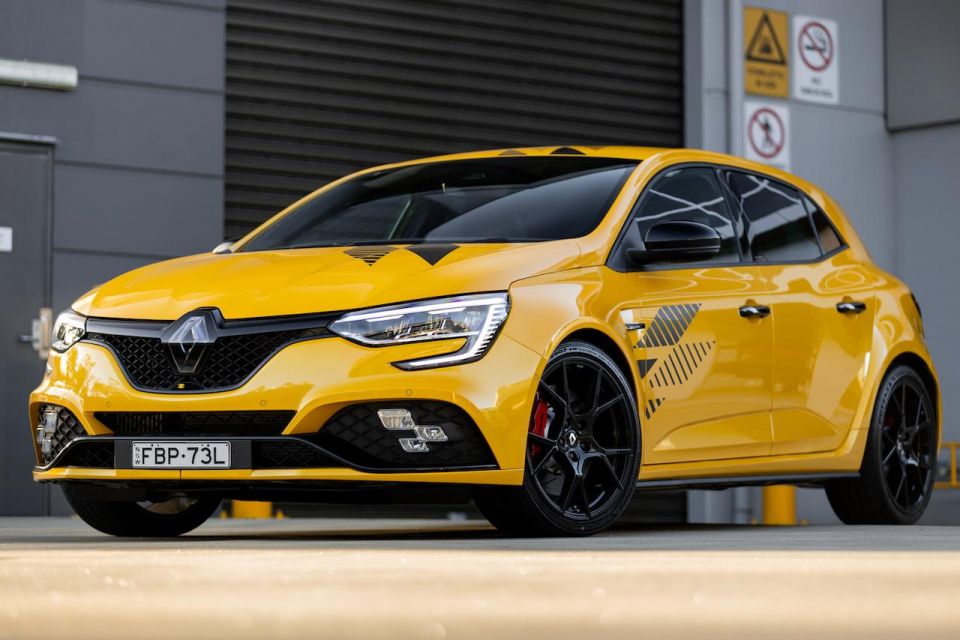
The last examples of the RS Trophy hot hatch, the sole remaining member of the combustion-powered Megane range, were sold earlier this year as the new electric Megane E-Tech joined the local lineup.
The RS-badged Megane hatch, sent off with a special-edition RS Ultime, was the last member of a once significantly wider lineup of small Renaults.
The current, fourth-generation Megane was revealed in 2015 and went on sale locally late in 2016.
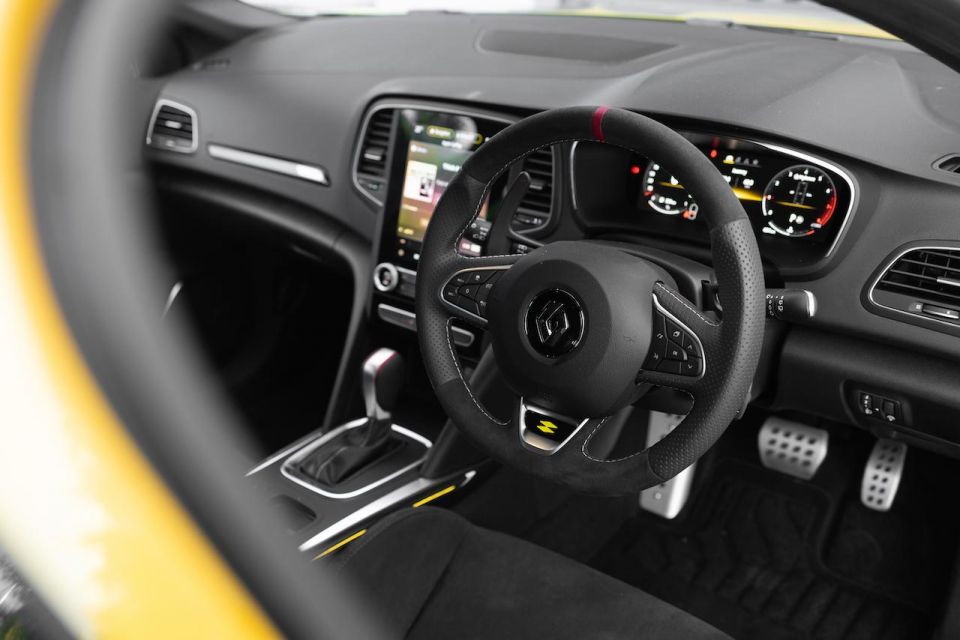
Wagon and sedan models, introduced in 2017, were dropped in 2019 along with the entry-level Zen hatch, while the RS Sport and RS Cup hatchbacks were axed in 2021. That left just the RS Trophy.
Not only was the Australian Megane lineup winnowed down locally, the car was discontinued in almost every market. Turkish production continues, however, of the sedan.
This mirrors what happened with the Ford Focus, with a once-wide lineup continually chipped away at in Australia until a single hot hatch was left, before the nameplate was axed entirely. The Focus is also being discontinued globally.
Renault only sold 69 Meganes in Australia in 2023. That was well down on the 1259 units it shifted in 2017, its first full year on sale.

The Megane RS Trophy (and RS Ultime) used a turbocharged 1.8-litre four-cylinder engine, mated with either a six-speed manual or six-speed dual-clutch automatic transmission, producing 221kW of power and 420Nm of torque (400Nm in the manual)
Those outputs remained competitive even among a growing contingent of hot hatches on the local market.
While Renault is moving away from hot petrol-powered models, it’s entering the hot electric hatch fray with both its namesake brand and its Alpine spinoff. It remains to be seen whether these hot EVs will come here, however.
MORE: Everything Renault Megane MORE: Every SUV discontinued in Australia in 2024 MORE:Every car and SUV discontinued in Australia in 2023 MORE: Every car discontinued in 2022 MORE: Every car discontinued in 2021 MORE: The cars we lost in 2020
William Stopford is an automotive journalist based in Brisbane, Australia. William is a Business/Journalism graduate from the Queensland University of Technology who loves to travel, briefly lived in the US, and has a particular interest in the American car industry.


James Wong
4 Days Ago
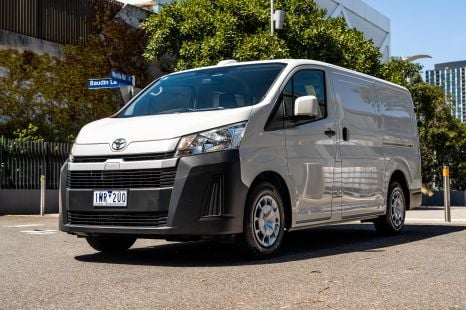

Max Davies
4 Days Ago
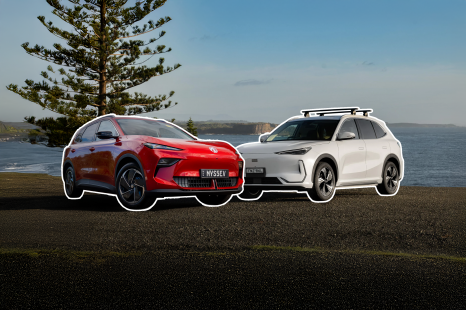

Andrew Maclean
3 Days Ago
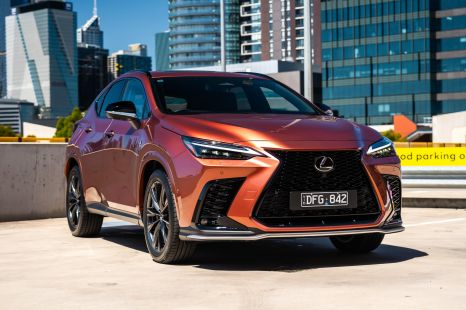

Max Davies
2 Days Ago
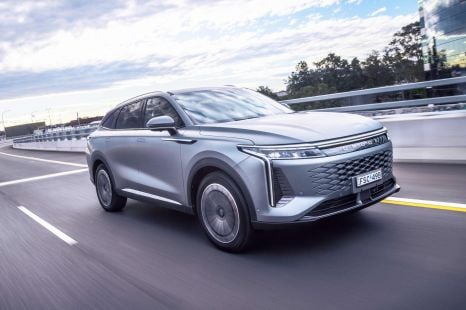

Damion Smy
18 Hours Ago
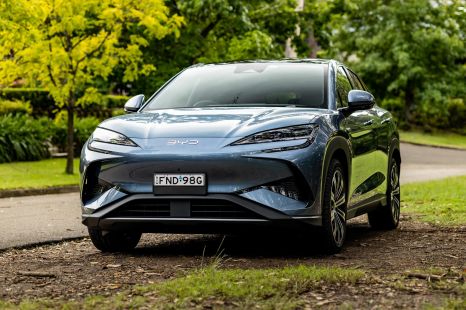

Damion Smy
15 Hours Ago